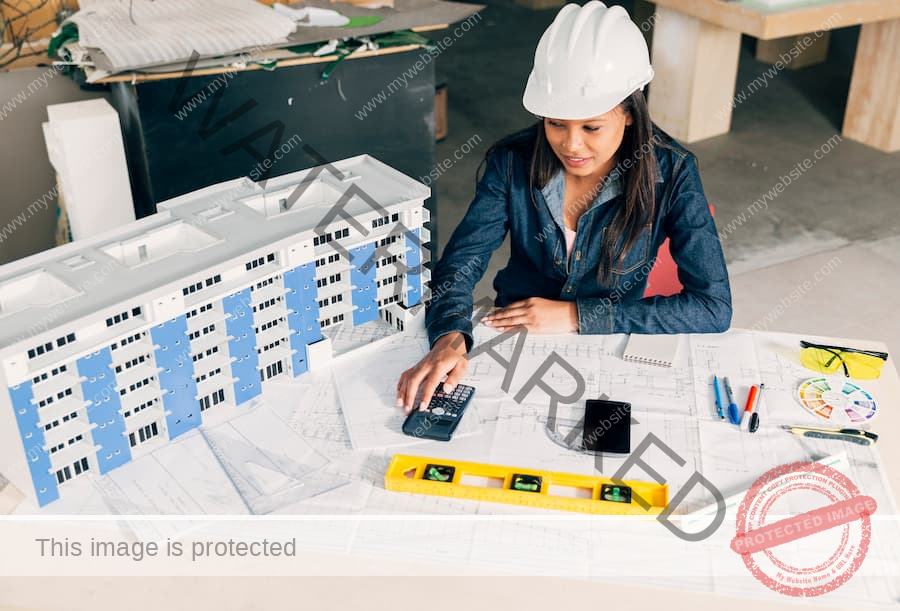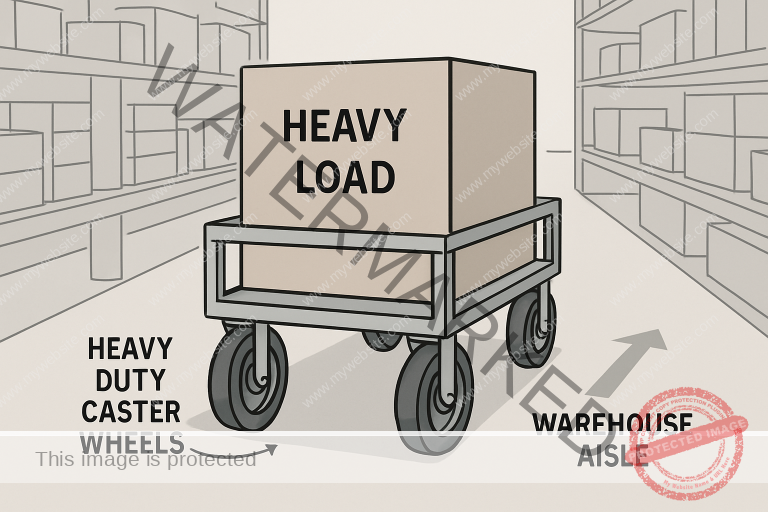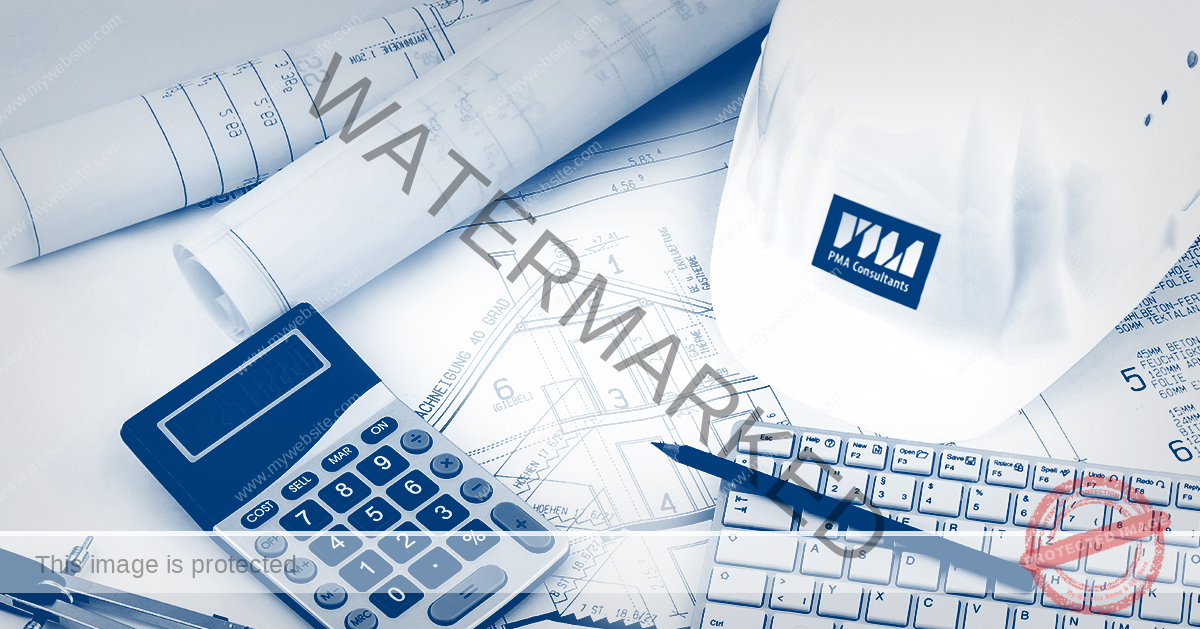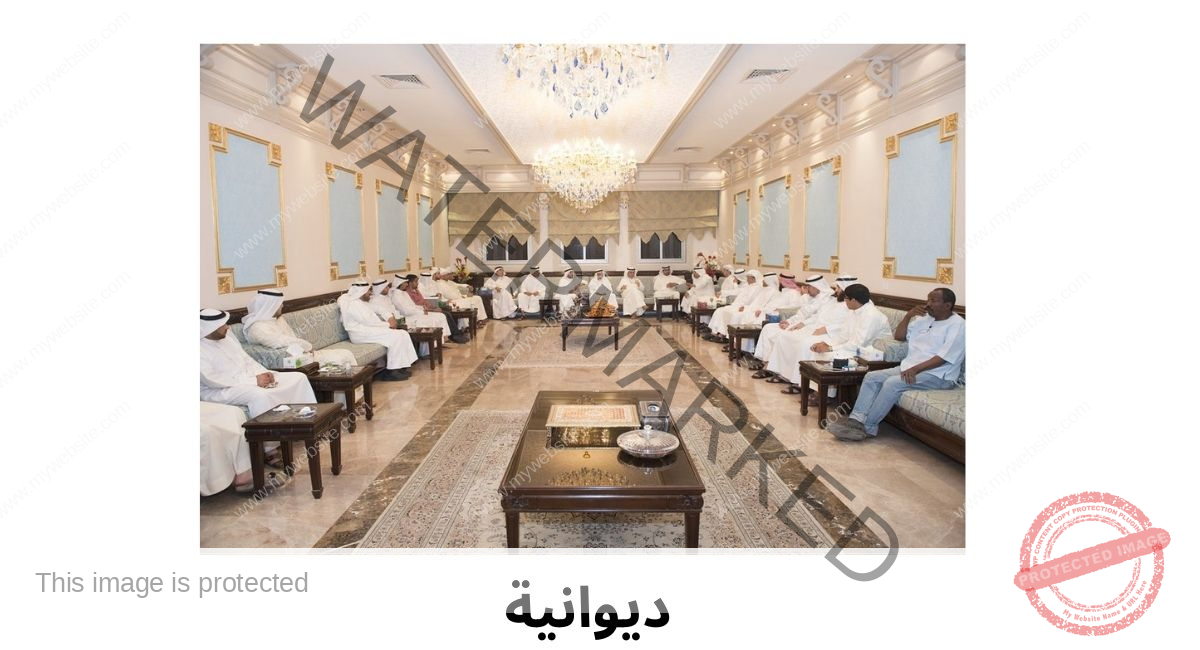As climate change, energy shortages, and damage to the environment become worldwide problems, people are paying more attention to the built environment. It is important to make buildings more efficient in order to protect the environment since they release a lot of carbon. Building Research Establishment Environmental Assessment Method (BREEAM) is one of the most well-known ways to check on and enhance how well a building works. BREEAM has been a popular way to check the sustainability of master planning, infrastructure, and buildings since 1990. BREEAM is a good way to make buildings more efficient over their whole life by taking into account a number of environmental and operational issues. Below are seven ways that BREEAM ratings make buildings work better.
1. Advancing Thermal Comfort and Indoor Environment Quality
Efficiency involves how comfortable and productive the people who live in the building are, as well as the mechanical systems and utilities. BREEAM looks at how comfortable, well-lit, quiet, and clean the air is within. It knows that people who are uncomfortable waste energy on heating, cooling, and lighting, therefore buildings need to work effectively for them. BREEAM Hea 06 Assessments UK focuses on factors that are essential to users in order to make buildings energy-efficient in real life. This is because people who are comfortable use energy-saving devices less often.
2. Enhancing Materials Efficiency and Lifecycle Sustainability
BREEAM looks at where materials come from, how long they last, and how they affect the environment when it comes to building efficiency. Life cycle assessments (LCAs) look at how materials affect the environment from mining to disposal in order to rate buildings. Recycling, buying things locally, and getting things certified as ethical are all important. They cut down on the carbon footprints and resource utilisation of buildings. BREEAM’s strategy puts more value on caring for the environment and making long-term efficiency benefits than on short-term cost reductions.
3. Promoting Intelligent Waste Management During Construction and Operation
Reducing waste is really important for building in a way that lasts. BREEAM looks at how to manage waste from construction and occupation. It assists SWMPs that cut down on, reuse, and recycle trash from construction. Stops trash from going to landfills. The review focuses on recycling, composting, and separating trash properly. BREEAM employs building methods that are good for the environment and save resources to reduce the expense of poorly managed waste streams.
4. Supporting Efficient Transportation and Accessibility Planning
BREEAM looks at the building, the city, and the transportation system. Projects that are built in places with adequate public transportation, bike paths, and pedestrian access may work better. Low-carbon mobility cuts down on the building’s indirect impact on the environment by lowering the emissions from residents’ travel. This design method makes buildings more efficient and helps the community’s health by cutting down on traffic and making the air cleaner.
5. Integrating Sustainable Site Management and Ecology
Efficiency includes energy, materials, and how buildings affect ecosystems. BREEAM stresses the importance of native plants and animals, biodiversity, and green areas throughout site building. Buildings may help the area around them when they are built on ground that is already useful, such brownfield redevelopment or compact blocks. At BREEAM standards, green roofs and living walls may help buildings work better by increasing insulation, controlling stormwater runoff, and lowering urban heat islands.
6. Driving Innovation Through Performance-Based Incentives
BREEAM gives innovation awards to projects that go above and beyond what is required, which is not the case with other systems. Credits enable builders and designers to try out new technologies, building methods, or environmental solutions that make things work better. BREEAM encourages building owners to try new things and make things better all the time to make their buildings more efficient. These new ideas frequently establish standards for future projects and help the industry.
7. Providing a Transparent and Verified Framework for Continuous Improvement
The open, third-party evaluation method used by BREEAM is very important. Accountability gives stakeholders peace of mind and backs up promises of efficiency. • BREEAM certificates assist in figuring out how much an asset is worth, how risky an investment is, and how to be ready for facility upkeep. When people come in, the structure needs to be re-evaluated and re-assessed on a regular basis, so efficiency is always a goal.
Conclusion
BREEAM is more than just a certification; it’s a way of thinking that helps you develop buildings that are more efficient, responsible, and ready for the future. It makes architects, engineers, developers, and operators think about every choice they make since it has so many standards and is focused on sustainability. BREEAM ratings encourage efficiency in the built environment by looking at things like resource use, resident health, building design, and upkeep. When global problems get worse and regulations change, frameworks like BREEAM help us reach net-zero and sustainable development.
Visit Hooyam for more informative blogs.














